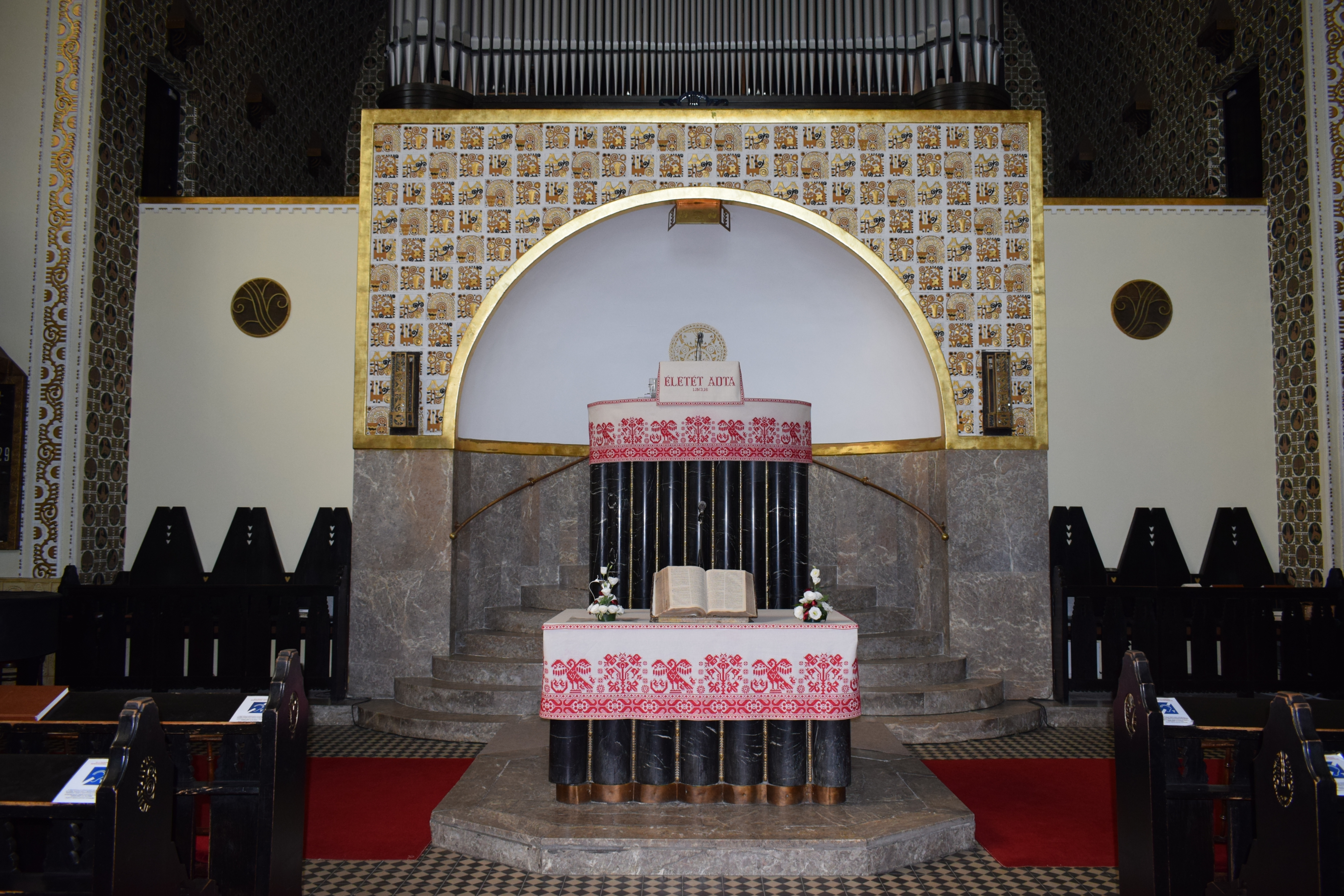Aladár Árkay on:
[Wikipedia]
[Google]
[Amazon]
 Aladár Árkay ( Temesvár, February 1, 1868 -
Aladár Árkay ( Temesvár, February 1, 1868 -
 Árkay gained his degree at the Budapest Technical University where he studied under Ede Balló. Initially he worked in the firm of Fellner and Hellmer, then with Alajos Hauszmann in the works on
Árkay gained his degree at the Budapest Technical University where he studied under Ede Balló. Initially he worked in the firm of Fellner and Hellmer, then with Alajos Hauszmann in the works on
 Aladár Árkay ( Temesvár, February 1, 1868 -
Aladár Árkay ( Temesvár, February 1, 1868 - Budapest
Budapest (, ; ) is the capital and most populous city of Hungary. It is the ninth-largest city in the European Union by population within city limits and the second-largest city on the Danube river; the city has an estimated population o ...
, February 2, 1932) was a Hungarian architect, craftsman, and painter.Árkay AladárHungarian Electronic Library The Hungarian Electronic Library ( hu, Magyar Elektronikus Könyvtár) is one of the most significant text-archives of the Hungarian Web space showcasing a variety of primary and secondary sources. Contains thousands of full-text works in the humani ...
, retrieved 6 May 2012
Career
 Árkay gained his degree at the Budapest Technical University where he studied under Ede Balló. Initially he worked in the firm of Fellner and Hellmer, then with Alajos Hauszmann in the works on
Árkay gained his degree at the Budapest Technical University where he studied under Ede Balló. Initially he worked in the firm of Fellner and Hellmer, then with Alajos Hauszmann in the works on Buda Castle
Buda Castle ( hu, Budavári Palota, german: link=no, Burgpalast) is the historical castle and palace complex of the Hungarian Kings in Budapest. It was first completed in 1265, although the massive Baroque palace today occupying most of the si ...
. Later he formed a partnership with his father-in-law, Mor Kallina, and together they were responsible for the Directorate of Defence building in the Castle district (1896, since destroyed), the Buda Vigadó hall in Corvin Square (1896–97) and the St Gellért Gellért may refer to:
People
* Christian Fürchtegott Gellert (1715–1769), German poet
* (born 1961), Danish children's book illustrator
* Hugo Gellert (1892–1985), Hungarian-American illustrator and muralist
* Imre Gellért (1888–1981), Hu ...
memorial on Gellért Hill (1904–05). Initially working in the eclectic style, as his career developed he worked in more modern forms such as secessionism
Secession is the withdrawal of a group from a larger entity, especially a political entity, but also from any organization, union or military alliance. Some of the most famous and significant secessions have been: the former Soviet republics lea ...
and modernism
Modernism is both a philosophical and arts movement that arose from broad transformations in Western society during the late 19th and early 20th centuries. The movement reflected a desire for the creation of new forms of art, philosophy, an ...
. His first major independently completed work was the Babocsay villa, which later became the Yugoslav embassy, in district VI of Budapest (1905). He also worked on many church projects, the most significant of these being the Fasori Reformed Church in Budapest and the Győr
Győr ( , ; german: Raab, links=no; names in other languages) is the main city of northwest Hungary, the capital of Győr-Moson-Sopron County and Western Transdanubia region, and – halfway between Budapest and Vienna – situated on one of ...
factory district's Catholic church, both completed during the late 1920s. He took part and won numerous competitions such as that for the Győr theatre (1929) and the planning of Erzsébet avenue in the capital. He was in the process of planning his magnum opus, the Városmajor Catholic church in Budapest, when he died. It was finished by his son Bertalan, also an architect.
Other works
*Bulgarian Orthodox Church, Ferencváros (Budapest
Budapest (, ; ) is the capital and most populous city of Hungary. It is the ninth-largest city in the European Union by population within city limits and the second-largest city on the Danube river; the city has an estimated population o ...
)
*Catholic Memorial Church, Mohács
*Platzgestaltung und Bebauung des Calvin-Platzes in Budapest (Mitarbeit Oskar Schober Mai 1912-Feber 1913)
*Neues Nationaltheather in Budapest Wettbewerb (Mitarbeit Oskar Schober Mai 1912-Feber 1913) nicht realisiert
*Wohn- u. Warenhaus mit einem Kinotheater für 650 Personen in Budapest (Mitarbeit Oskar Schober Mai 1912-Feber 1913)
*Grabdenkmäler u. Ausstellungshallen in Budapest (Mitarbeit Oskar Schober Mai 1912 - Feber 1913)
References
External links
1868 births 1932 deaths Architects from Timișoara Hungarian architects {{Hungary-architect-stub